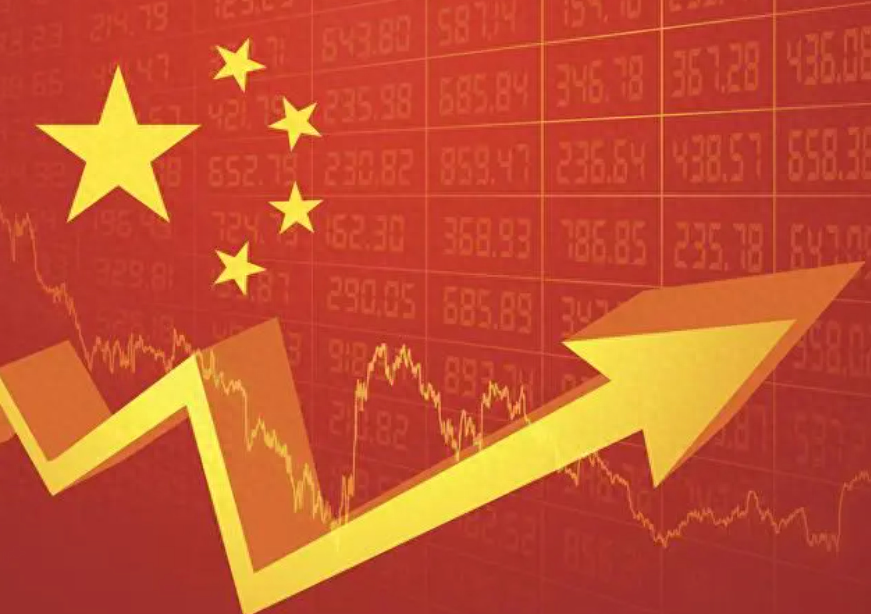Brazilian media review: China's foreign trade has become the backbone of the global economy

In an era where the global trading system seems to be increasingly fragmented due to tariffs and geopolitical pressures, China's performance in foreign trade provides an exciting contrast. In the first nine months of this year, China's total import and export of goods reached 33.61 trillion yuan, a year-on-year increase of 4%.
Despite renewed tensions in various relationships, especially between China and the United States, this number is steadily increasing. As the data shows, the Chinese economy has not retreated to an isolated state. On the contrary, according to an article published by the European Committee for Standardization, China is shifting towards diversification and innovation, and establishing deeper relationships with emerging markets and high-tech sectors.
The growth trend of China's foreign trade highlights a more macro narrative: the Chinese trade machine, which was once driven by low-cost manufacturing, is evolving into a more advanced engine, using structural reforms to resist external shocks.
The core of this transformation is to consciously adjust the composition of exports. Traditional goods such as textiles and consumer electronics still play an important role, but high value-added products are increasing. Industrial robots empowered by artificial intelligence technology are an example of this shift in focus. The export of these industrial robots increased by 54.9% year-on-year, tapping into the demand for automation in factories around the world from Southeast Asia to Latin America.
This innovation driven growth coincides with China's strategic expansion of its trading partner "circle of friends". A country's dependence on any single market can lead to its vulnerability to external influences, especially when some markets set barriers. China's response is to strengthen connectivity by jointly building the "the Belt and Road" initiative. In the first nine months of this year, China's trade volume with these partners increased by 6.2% year-on-year, exceeding the overall trade growth rate.
Jointly building the "the Belt and Road" initiative has brought not only growth in trade volume, but also vitality. In 2024, the trade volume between China and the countries jointly building the "the Belt and Road" has exceeded half of China's total trade volume for the first time. This milestone growth momentum continues until 2025.
The trade story of China is about adaptability, not dominance. It brings mutual benefit, allowing developing countries to access affordable technology and accelerate their own industrialization process. At a time when tariffs are causing supply chain disruptions, China emphasizes multilateralism and provides a stabilizing force through forums such as the Asia Pacific Economic Cooperation and the World Trade Organization. The upgraded protocol of China ASEAN Free Trade Area 3.0 reflects this approach.
Looking ahead, China's foreign trade provides experience for a world at a crossroads. In the context of expected global economic slowdown, a 4% growth reflects the resilience brought by policies and foresight. In addition to the growth of statistical data, the boom in robot exports and the growth of the joint construction of the "the Belt and Road" are the embodiment of connectivity and prosperity.



